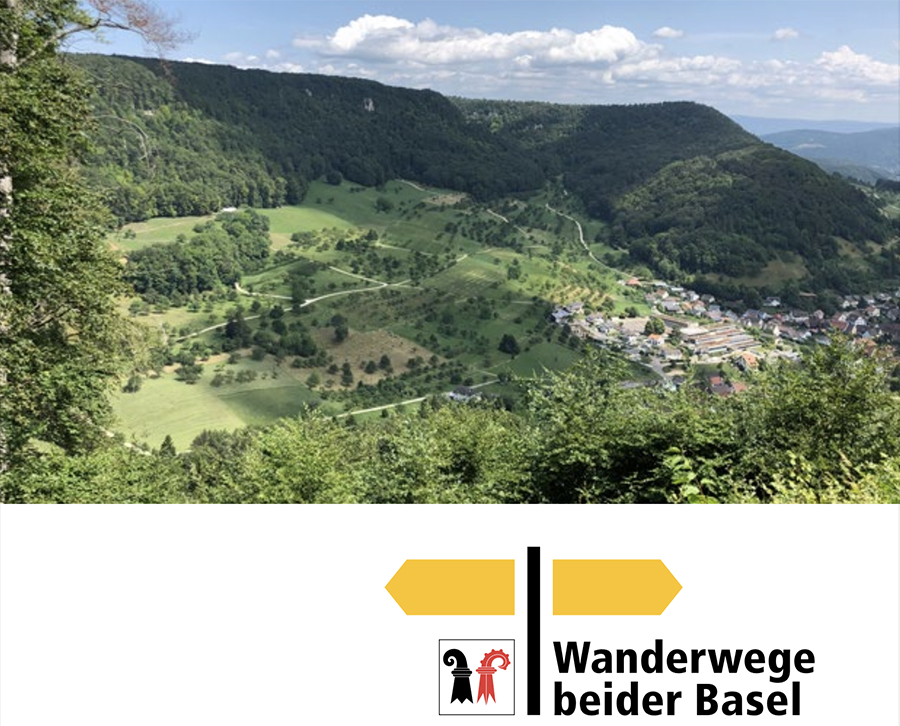Many residents of the Gellert district of Basel awoke Saturday morning to the sounds of sirens and a fleet of police vehicles on their neighborhood. One of the streets there is frequently used by long distance regional busses to gather their passengers before departure. As it turns out some of the passengers appear to have overpacked leaving no room in the cargo hold of their bus, forcing the driver to leave the luggage curbside. Before the operator of the bus company could come to collect the luggage, ever-vigilant neighbors called the bomb squad suspecting the worst. According to Police spokesman Martin Schütz the ensuing investigation lasted only a few minutes, despite the armada of law enforcement that responded to the bomb-scare. It was quickly determined according to Mr. Schutz that the luggage was benign and likely left behind by one of the busses.
*****************************************************************************************
The first delivery of the new Flexity Trams arrived in Basel Thursday morning. The Trams are part of a new 255 million franc fleet upgrade the BVB has initiated, and is replacing its exiting equipment with those manufactured by the Bombardier Company. A total of 61 new trams are to be installed the first half now having arrived, and the remaining ones to be delivered two per month starting in mid 2015. The trams have been delivered via truck pulled trailers from the German town of Bautzen where the manufacturing facility is based. Testing of the initial delivery of trams will take approximately two months before being entered into full service. The test wagons can be seen in the Dreispitz tram depot, shrouded in a white-film coating covered with children's drawings designed to protect the permanent paint of the new trams. For those used to the appearance of the old trams, they can rest easy knowing that the current shade of green paint scheme will be preserved for the new fleet.
***********************************************************************************
After the environmental disaster of 1986 caused by an uncontrolled release of agricultural precursor chemicals into the Rhein by the-then Sandoz corporation at its Schweizerhalle facility, sensors were installed in the river to provide early warning of another possible accident. The monitoring is not only for the benefit of Basel and Switzerland but for the rest of Europe as well that relies on treated drinking water sourced from the river. Approximately 20 million people are either directly or indirectly affected as such between Basel and the Netherlands where the River empties into the ocean. The program appears to have been a success reducing major pollutants to a level that is below what was sampled from the Rhein before the events of 1986. The accident was apparently a successful catalyst to reduce waste and restore the natural ecosystems of the river despite ongoing economic and demographic development along the river's banks. Despite the overall success, according to Matthias Nabholz, head of the icy of basel agency for environmental protection and energy, many pollutants, like pesticides, food additives and agricultural run-off are still found in the water and need to be reduced further.
****************************************************************************************
Citizens in Basel’s two small cantons will decide on whether their political future will be joined in a September 28th referendum.
But Pierre-Alain Rumley, former director of the federal office for spatial development, says Switzerland needs to go further to reduce its number of cantons from 26 to as few as nine.
The reduction is needed for cost and efficiency reasons, Rumley, now a professor at the University of Neuchâtel argues, according to an online report from SRF, the German-language national broadcaster.
Boundaries of cantons are no longer consistent with the reality of a country where 75 percent of the population now lives in urban areas, Rumley argues.
He has drawn up a map of Switzerland showing nine cantons, including a united Basel as the smallest.
Others would include a merged canton of Geneva and Vaud and a new Alpine canton dubbed Alpenbogen that would join Valais and Graubünden.
Other cantons would include an enlarged versions of Bern, Lucerne, Zurich, St. Gallen and the Jura (including Neuchâtel), along with Ticino.
Nowadays “26 cantons are too much,” Rumley said, adding, there is already “very intense” cooperation among the cantons.
Rumley said his proposal for nine cantons was just one of several possibilities.
But how receptive are citizens to such regional reforms?
Not very, if we are to judge from recent history.
In 2002, voters in Geneva and Vaud massively rejected a merger proposal, with around 80 percent voting no.
In 1969, citizens in Basel-Land turned down a bid to merge with Basel-Stadt.
The new vote later this month will show whether sentiment has changed.



 Did you know that Switzerland has around 65'000 kilometres of hiking trails? That's about 1.5 times the circumference of the earth! A huge number of municipalities and volunteer organisations maintain the hiking trails and offer hikes in all the cantons.
Did you know that Switzerland has around 65'000 kilometres of hiking trails? That's about 1.5 times the circumference of the earth! A huge number of municipalities and volunteer organisations maintain the hiking trails and offer hikes in all the cantons.